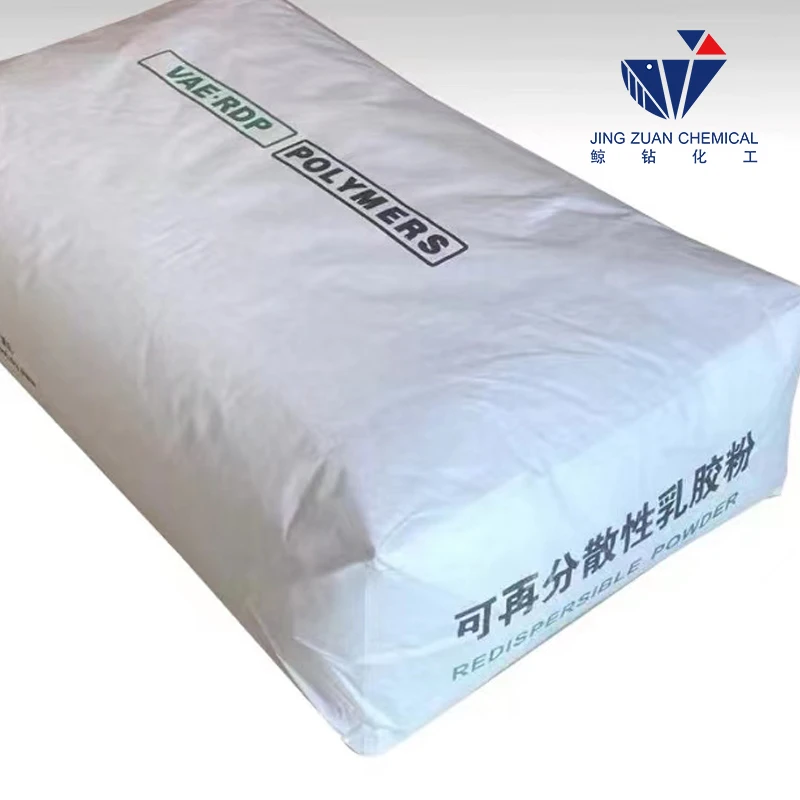
Dec . 15, 2024 20:21 Back to list
hpmc stands for
Understanding HPMC What Does It Stand For and Its Importance in Various Industries
HPMC, or Hydroxypropyl Methylcellulose, is a versatile and widely used chemical compound that belongs to the family of cellulose ethers. This unique polymer is derived from natural cellulose, which is a prevalent component of plant cell walls. The process of modifying cellulose to create HPMC enhances its properties and makes it applicable in diverse fields, including pharmaceuticals, construction, food production, and cosmetic formulations.
The Composition and Properties of HPMC
HPMC is produced by substituting the hydroxyl groups of cellulose with hydroxypropyl and methyl groups. This modification gives rise to a range of beneficial properties. For example, HPMC is known for its excellent film-forming abilities, solubility in water, and ability to form a viscous solution. These characteristics make it an ideal candidate for various applications, particularly where moisture retention and stability are required.
Applications in Pharmaceuticals
In the pharmaceutical industry, HPMC is a key ingredient in many products, including tablets, capsules, and ointments. It serves as an excipient—an inactive substance that facilitates the administration of the active ingredient. HPMC is particularly valued for its role in controlled-release formulations, allowing for the gradual release of medication into the bloodstream over time. Moreover, its gel-forming properties contribute to the stability and bioavailability of pharmaceutical products, making it essential for effective drug delivery systems.
Role in Construction
hpmc stands for

The construction industry has also embraced HPMC for its remarkable properties. When mixed with water and cement, HPMC increases the workability of mortar and plaster, making it easier to apply. It enhances the adhesion of these materials to surfaces and improves their overall durability. Additionally, HPMC reduces water loss during the curing process, which is crucial for ensuring the strength of the final product. Its ability to improve the rheological properties of construction materials has made it a staple in modern building practices.
Importance in Food Production
In the food industry, HPMC is used as a thickening agent, emulsifier, and stabilizer. It can improve the texture of various food products, from sauces and dressings to baked goods. HPMC's ability to create stable emulsions is particularly important in products that require a uniform consistency. Since it is non-toxic and approved for use in food applications by several regulatory bodies, it plays a vital role in enhancing the quality and shelf-life of food products.
HPMC in Cosmetics and Personal Care Products
Cosmetics and personal care products also benefit from the inclusion of HPMC. It functions as a binder and thickening agent in lotions, shampoos, and creams. Its film-forming property helps in creating a smooth feel on the skin, contributing to the overall sensory experience of the product. Additionally, it can help stabilize emulsions, ensuring that cosmetic formulations remain consistent over time.
Conclusion
In conclusion, HPMC stands for Hydroxypropyl Methylcellulose, a multifunctional polymer that has found its way into a variety of industries due to its unique properties. From pharmaceuticals to construction, food production, and cosmetics, the applications of HPMC are vast and impactful. Its ability to improve the performance and stability of products makes it an invaluable ingredient in many formulations. As industries continue to innovate and prioritize quality, the importance of HPMC is likely to grow, solidifying its status as a key component in the formulations of the future.
-
Versatile Hpmc Uses in Different Industries
NewsJun.19,2025
-
Redispersible Powder's Role in Enhancing Durability of Construction Products
NewsJun.19,2025
-
Hydroxyethyl Cellulose Applications Driving Green Industrial Processes
NewsJun.19,2025
-
Exploring Different Redispersible Polymer Powder
NewsJun.19,2025
-
Choosing the Right Mortar Bonding Agent
NewsJun.19,2025
-
Applications and Significance of China Hpmc in Modern Industries
NewsJun.19,2025







